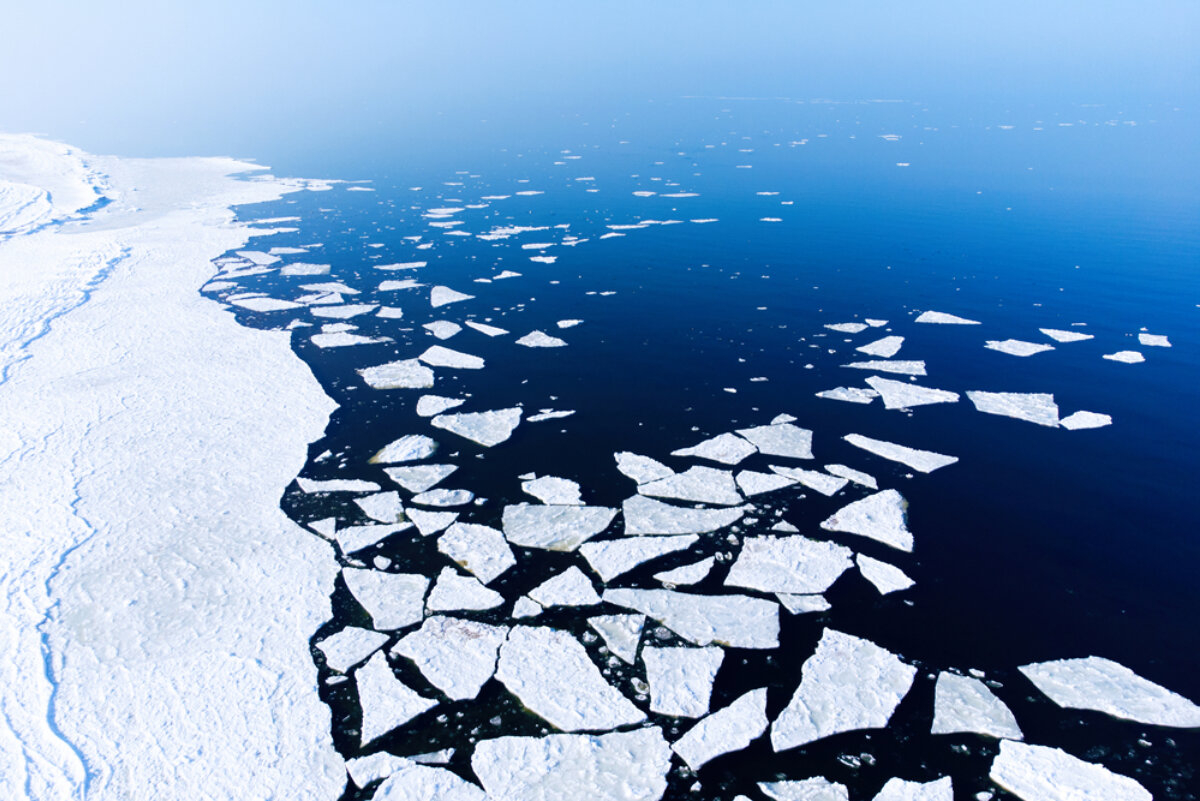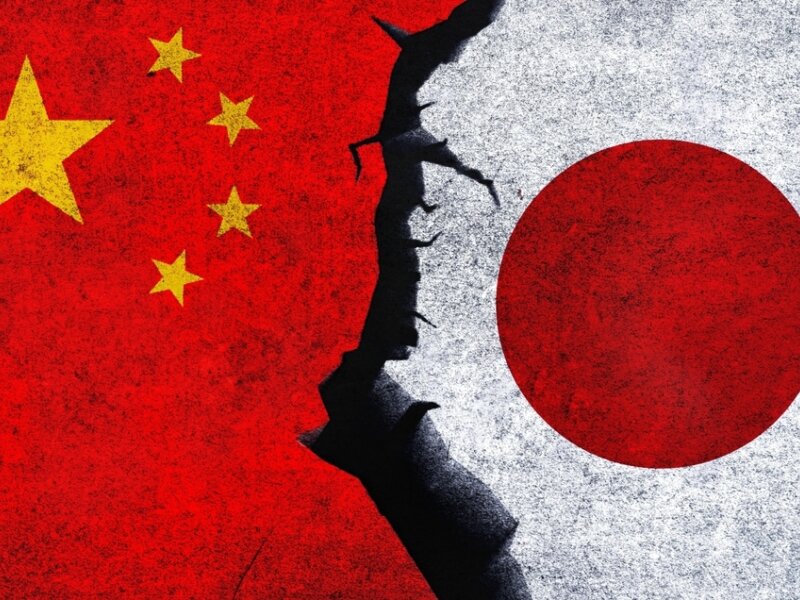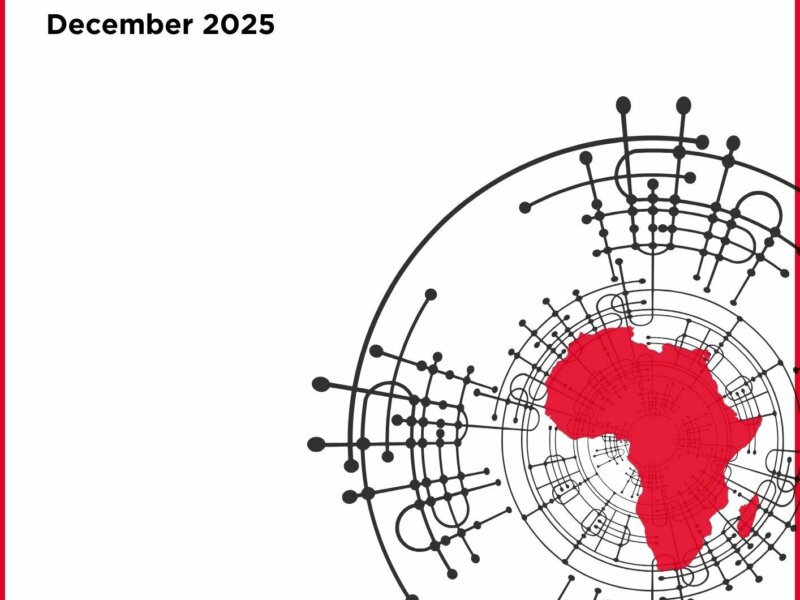The scramble for the Arctic and its strategic implications for the Mediterranean
The Arctic and the Mediterranean seas are much closer than they may seem. Factors such as climate, security and transports link them and may make them even more interdependent in the near future.

For centuries, the Arctic was an isolated and almost inaccessible region – the theatre of daring expeditions that sometimes ended in tragedy. Its extreme climatic conditions made permanent human settlement – and even occasional presence – prohibitive.
However, in the last few years, modern technologies have allowed greater accessibility to the seas, lands and ice of this vast region. Recently, climate change and rising land temperatures have been transforming it, mitigating its climate and melting a considerable quantity of its ice, making much of its seas navigable for large portions of the year and resources trapped in its subsoil easier to exploit. These environmental and climatic changes are having an economic and geopolitical impact too, as they increase the Arctic’s attractiveness for all neighbouring or adjacent countries, whose appetites have grown enormously over the past few years.
The world is once again witnessing a period of bitter international tensions and renewed rivalry between countries. This risks being reflected in a scramble for the Arctic region, as all major global powers such as the United States, China and Russia are now interested in projecting their influence in that direction[1].
This could be a fate the far North of the planet shares with the Broader Mediterranean region. Both areas, which border the European continent to the north and south, are considered strategically very important and – different and distant though they may appear – they could become much more interdependent in the future.
These regions are in fact predominantly maritime theaters, where three different continents meet – the only two places in the world where this happens. Given their peculiar geographical condition as “bridges” among different areas, their crucial economic and commercial importance comes as no surprise. Despite occupying only one percent of the total surface area of the seas and oceans, the Mediterranean is crossed by about 20 percent of global maritime traffic[2]. For the Arctic, however, the potential to become a major shipping route has only recently begun to materialise. The progressive shrinking of North Pole glaciers (-13% every decade) caused by global warming is now allowing vessels to travel the stretch of Arctic Sea that connects the Pacific Ocean to the Atlantic: the so-called Northern Sea Route (NSR). Currently, the route is traversable in summer only. However, further expected rises in global temperatures will make it accessible all year round between 2040 and 2050[3]. The growing potential of Arctic routes for transportation is one of the reasons behind China’s increasing interest and plans, with the country proclaiming itself a “Near Arctic State” in 2018, in a bid to exploit present and, especially, future northern routes[4].
From a shipping point of view, the NSR, connecting Asia with Europe, would be 40 percent shorter than the one via Suez. This could result in a time saving of about 10 to 15 days, enough to make experts and stakeholders begin to wonder whether the Arctic route might have a negative impact on the commercial importance of the Mediterranean. This explains the growing Chinese interest in this alternative option, which would allow Chinese goods shipped by sea to avoid passing through straits such as Malacca or the Suez Canal.
At the moment it is possible to speculate that the Mediterranean Sea and the Suez Canal will not be replaced by the Arctic, but rather that the two routes will likely be increasingly complementary with each other. Indeed, even with increased all-year usability of the NSR, several problems still prevent a complete replacement of the Suez route. For example, extreme weather conditions and the presence of icebergs still hinder the transit of megaships (greater than 20,000 TEUs) used for transcontinental transport, which travel at high cruising speeds and often lack adequate ice protection. Equally, even as ports develop in the Arctic region, those along the route through Suez – including in the Persian Gulf and Indian Ocean – will continue to have very high logistical and commercial importance. Finally, the significant time savings brought by the NSR would benefit the northern areas of Eurasia the most, while countries located further south would not enjoy substantial benefits from switching away from the Mediterranean route[5].
However, the main reason behind the renewed interest in the Arctic is the presence of countless resources, which had remained inaccessible in the past due to the presence of a massive ice sheet. These include precious minerals such as gold, silver, plutonium and diamonds, but also uranium, copper, cobalt, nickel, zinc and some of the Rare Earths[6]. On the energy front, there are large amounts of gas and oil, which could account respectively for 30 and 13 percent of total existing global reserves[7]. Additionally, in terms of food (especially fish) and water, the Arctic represents one of the most important regions on the globe.
The exploration and exploitation of these resources have given new impetus to the creation of the infrastructure, tools and technologies needed to take advantage of the enormous potential of the Arctic region – similarly to what has been happening in the last few years in the Eastern Mediterranean. However, in parallel with huge economic prospects, there has been an escalation of political tensions and territorial disputes, as well as an intensification of militarisation in the region, with Russia being one of the main players[8].
While Moscow had already symbolically planted its flag at the North Pole in 2007, the outbreak of war in Ukraine further exacerbated Russia’s assertive policy in the area[9]. Despite already owning more than 50 percent of the region’s coastal territory[10], Russia continues to claim exclusive rights on the Arctic continental shelf and to consider large portions of the Glacial Sea as its own, so much so that it banned the passage of other countries’ warships – a measure that, according to the UN Convention on the Law of the Sea, cannot be applied in international waters[11].
To support its claims in the region – which contributes to 10 percent of its GDP and 20 percent of its total exports, Russia has long been engaged in an extensive process to strengthen its military Arctic projection capabilities. A military district responsible for the northern region was established in 2014 and, since 2021 responsibility for the Arctic has been handed to the Northern Fleet, which has since then been considered on an equal footing with the other four land-based military districts[12]. A possible reason for this could lie in the role that the Arctic naval component plays in ensuring second-strike capabilities in the event of a nuclear conflict, in addition to the already mentioned importance of the region for Russia in general. The Northern Fleet is headquartered in Severomorsk, on the Kola Peninsula, and includes some of the major units of the entire Russian Navy, including its flagship, aircraft carrier Admiral Kuznetsov, and a large array of both diesel/electric and nuclear-powered submarines. In addition, Russia counts on more than 45 icebreakers, including several nuclear-powered units (the only country to have these), and will soon have patrol vessels with specific icebreaking characteristics[13]. The creation of an autonomous Russian Arctic fleet in the near future cannot be ruled out either. This would be separate from the Northern Fleet, which would thus narrow the focus of its operations to the North Atlantic[14].
In terms of infrastructure, there are about 30 Russian installations in the region. These include outposts, radar and missile stations, as well as larger military bases. Most are old, decommissioned Soviet infrastructures that the Kremlin has decided to modernise and integrate with those planned for the near future. As part of its Arctic military strategy, Russia will also implement anti-access/area-denial systems and modern radar stations, integrated with S-300 and S-400 anti-missile systems, with a range capable of covering the entire Arctic coastal area[15]. Moscow’s trump cards also include two permanent land brigades (80th and 200th) trained to operate in the extreme Arctic conditions[16]. Recently, however, these units were temporarily re-deployed to Ukraine, where they have suffered heavy casualties and loss of materials. The region’s high strategic value in the eyes of the Kremlin is further evidenced by the participation of about 300,000 troops, including a sizeable contingent from China[17], in the 2018 Operation Vostok-18, the largest Russian military exercise that ever took place in the Siberian part of the Arctic.
However, this is causing concern in other Arctic states, including historically neutral Sweden and Finland, whose request for NATO membership should be read against this backdrop. The two countries’ accession to NATO – alongside existing members such as Denmark, Iceland and Norway could give the Alliance strategic advantage in the region, as well as revitalise the importance of the Northern Front within NATO. The United Sates’ renewed attention to the Arctic as an area of strategic importance to its national security confirms its concern about Russia’s increasingly active role and China’s growing ambitions in the region[18]. This was further highlighted by the recent reactivation of the US Second Fleet, responsible for the High Atlantic, and the intention to deploy a Multi-Domain Task Force in Alaska that would be able to penetrate Russian anti-access/area denial (A2/AD) bubbles in the region[19]. NATO itself, over the past few years, has intensified its presence in the region, including through a number of major military exercises, such as Trident Juncture, in 2018, and Cold Response, in 2022[20].
In addition to resources and future trade routes, the area also hosts critical infrastructure such as pipelines or undersea cables necessary for the exchange of data between North America and Europe, mainly located in the so-called GIUK gap, the protection of which is a security priority on both sides of the Atlantic[21].
Concern over what is happening to the north is growing among Mediterranean countries as well. A strained situation in the Arctic theater could slow down military reinforcement on the southern flank, which Southern European countries have been clamouring for. Likewise, Russian assertiveness and strong presence in the polar region could divert attention from its role in numerous other contexts in Africa and the Middle East. Certainly, this may represent a complication from a geo-strategic point of view, leading to Europe being encircled from the north and the south.
The Arctic region is also a globally relevant area for environmental and climate factors. On this front, there is a risk that, in the absence of international cooperation, the region’s already precarious climatic and environmental stability could further worsen. This, in turn, could have serious consequences at the international level, including for the Mediterranean region. The North pole is currently warming up three times faster than the rest of the planet and is responsible for more than 30 percent of the sea level rise on the global scale[22]. In addition to causing devastating damage to the region’s flora and fauna – to the extent of driving some species to extinction – global warming threatens to worsen the already precarious livelihood of local populations, especially as available food resources dwindle. At the same time, the excessive mixing of fresh and salt water caused by the melting of glaciers could lead to acidification of the oceans and changes in the flow of currents. This could lead to extreme weather events and sudden high tides, the effects of which could prove detrimental to people and infrastructure in various coastal regions worldwide[23]. Ports and islands, including in the Mediterranean Sea and in the Atlantic and Pacific oceans, would be exposed to the threat of rising waters and there could be serious economic, social and political repercussions – as yet difficult to predict – especially in environmentally and climatically fragile areas such as the Mediterranean.
The Arctic and the Mediterranean are, therefore, deeply interdependent, including for reasons that are not always immediately apparent. Not surprisingly, the Arctic Council – the region’s principal multilateral forum – has granted permanent observer status to three Mediterranean countries: Italy, Spain and France. Whether from an economic, logistic or climatic perspective, the fate of the two seas will continue to have multiple political and strategic implications for European and Mediterranean countries. Even at a time when Europe is witnessing a bloody war on its own soil, the hope is that a collaborative logic may soon prevail over the competitive one, to address some of the most serious issues that currently threaten global security in the Arctic and the Mediterranean alike.
[1] https://carnegieeurope.eu/2019/11/28/military-and-environmental-challenges-in-arctic-pub-80424
[2] https://www.difesa.it/Il_Ministro/Documents/Strategia%20Mediterraneo%202022.pdf
[3] https://www.worldwildlife.org/pages/six-ways-loss-of-arctic-ice-impacts-everyone
[4] http://english.www.gov.cn/archive/white_paper/2018/01/26/content_281476026660336.htm
[5] https://www.sr-m.it/en/catalog/product/321820/the-arctic-route-climate-change-impact-maritime-and-economicscenario-geo-strategic-analysis-and-perspectives.htm
[6] https://www.ngu.no/upload/Aktuelt/CircumArtic/Mineral_Resources_Arctic_Shortver_Eng.pdf
[7] https://pubs.usgs.gov/fs/2008/3049/fs2008-3049.pdf
[8] https://csis-website-prod.s3.amazonaws.com/s3fspublic/publication/201102_Northern_Connections_Geopolitics_Neglected_Arctic_Spaces.pdf
[9] https://www.reuters.com/article/idINIndia-28784420070802
[10] https://www.americansecurityproject.org/russian-arctic-military-bases/
[11] https://thebarentsobserver.com/en/arctic/2019/11/russia-winning-support-its-claims-arctic-shelf-says-chiefnegotiator
https://foreignpolicy.com/2022/12/20/russia-arctic-claims-territorial-internal-waters/
[12] https://carnegieendowment.org/2021/03/29/russia-in-arctic-critical-examination-pub-84181
[13] https://www.difesaonline.it/geopolitica/analisi/la-nuova-guerra-fredda-nellartico
[14] https://www.thedefensepost.com/2021/10/07/russia-navy-arctic-fleet/
[15] https://www.brookings.edu/wp-content/uploads/2023/02/FP_20230207_arctic_basing_greenwood.pdf
[16] https://thebarentsobserver.com/ru/node/484
[17] https://www.nato.int/docu/review/articles/2018/12/20/vostok-2018-ten-years-of-russian-strategic-exercises-andwarfare-preparation/index.html https://stratcomcoe.org/cuploads/pfiles/ru_strat_ex_29-07-e147a.pdf
[18] In this regard, note the recent proliferation of numerous strategic documents by the principals bodies responsible for the National Security and Defense of the United States: (https://www.whitehouse.gov/wpcontent/uploads/2022/10/National-Strategy-for-the-Arctic-Region.pdf ;
https://www.army.mil/e2/downloads/rv7/about/2021_army_arctic_strategy.pdf ;
https://www.af.mil/Portals/1/documents/2020SAF/July/ArcticStrategy.pdf )
[19] https://www.defensenews.com/digital-show-dailies/global-force-symposium/2021/03/16/new-strategy-sets-uparmy-to-operate-in-increasingly-relevant-arctic/
https://www.brookings.edu/wp-content/uploads/2021/05/FP_20210520_arctic_defense.pdf
[20] https://www.nato.int/cps/en/natohq/157833.htm https://www.nato.int/cps/en/natohq/news_192351.htm
[21] https://www.defensenews.com/naval/2020/05/11/the-us-navy-returns-to-an-increasingly-militarized-arctic/
https://www.csis.org/analysis/ice-curtain-russias-arctic-military-presence
[22] https://www.sr-m.it/en/catalog/product/321820/the-arctic-route-climate-change-impact-maritime-and-economicscenario-geo-strategic-analysis-and-perspectives.htm
https://www.amap.no/documents/download/6759/inline
[23] https://www.iisd.org/system/files/2022-04/still-one-earth-arctic.pdf



